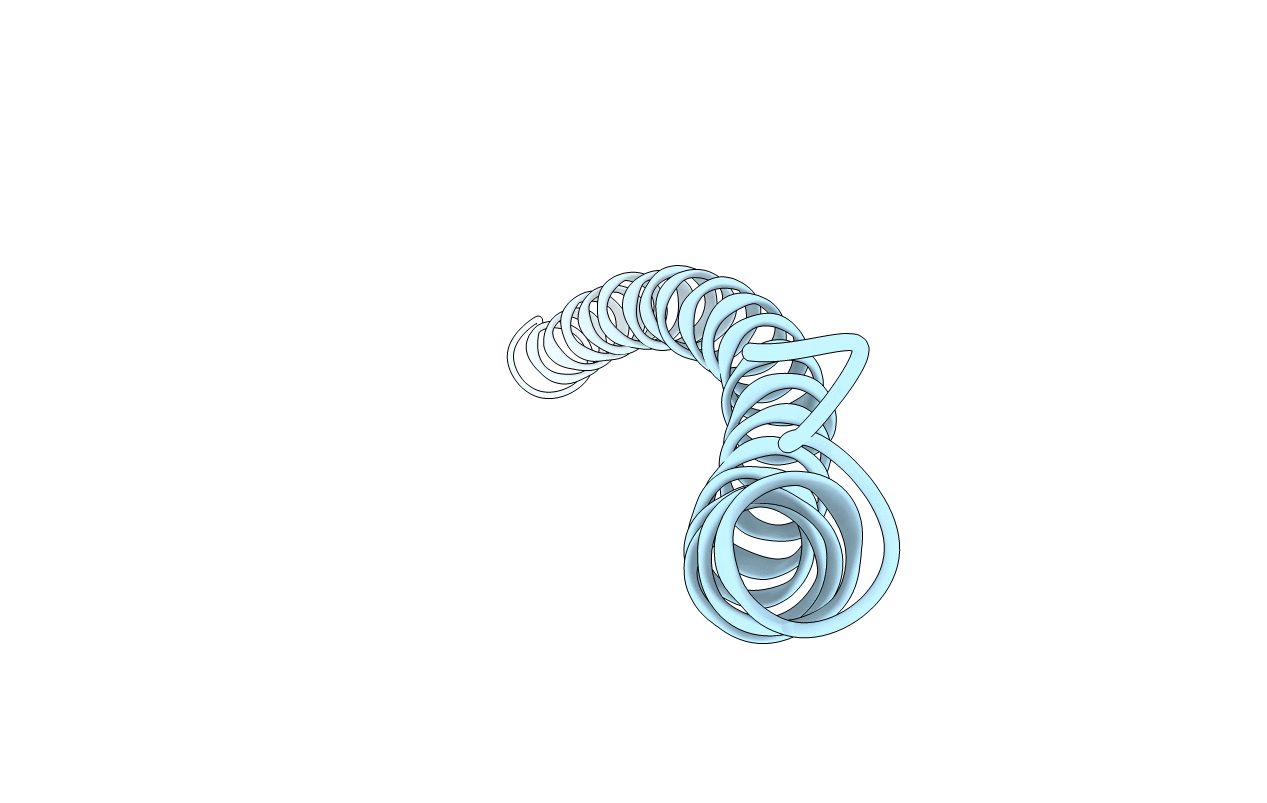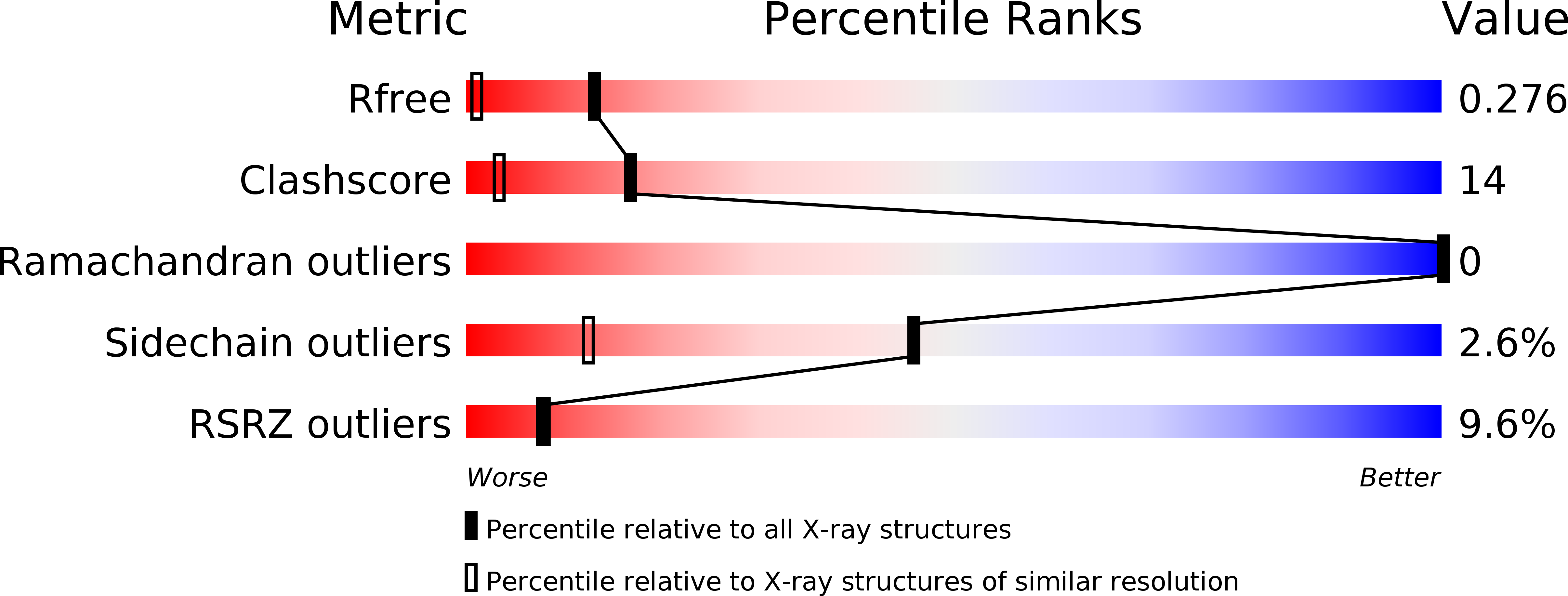
Deposition Date
2015-03-12
Release Date
2015-12-02
Last Version Date
2024-01-10
Entry Detail
PDB ID:
4YPC
Keywords:
Title:
Trimeric crystal structure of vimentin coil1B fragment
Biological Source:
Source Organism:
Homo sapiens (Taxon ID: 9606)
Host Organism:
Method Details:
Experimental Method:
Resolution:
1.44 Å
R-Value Free:
0.27
R-Value Work:
0.24
R-Value Observed:
0.25
Space Group:
H 3


